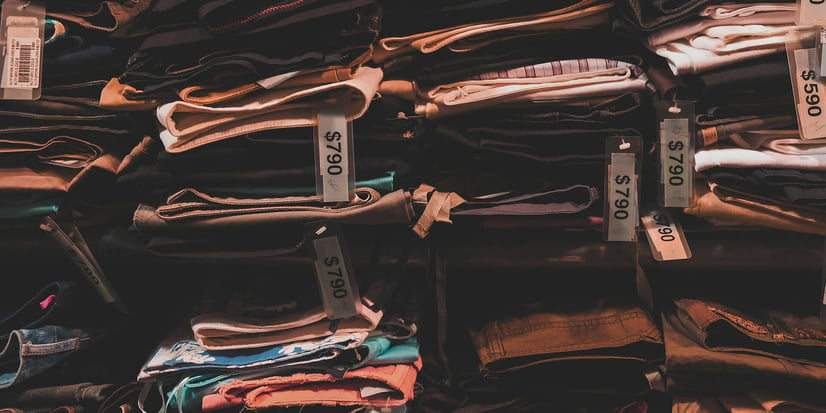
Retailers that want to stay ahead of their competitors constantly need to find new ways to respond to evolving shopper needs and shifting expectations. To drive better sales, improving service and engagement, retailers need to change and adapt. The easier and quicker they can do that, the better results they will achieve - now and in the future. Below are six questions that retail leaders should ask themselves, in order to be able to respond easily and quickly to changes in their markets.
1. How are your customers changing?
How many of your customers are browsing or shopping online? How many make their purchases through a smartphone? How do they prefer to pick up the merchandise or return it? What service are they looking for that you are not able to provide today?
2. When they shop, how easily and quickly can you offer them related items?
Good upselling starts with paying attention to what your customers are buying or are interested in buying. If you’re not upselling or suggesting add-ons to your customer, you’re leaving money on the table. But how easily and rapidly can you prompt your customers to buy additional items at the Point of Sale, in-store or online?
3. Which communication channel will have the greatest effect?
Even though omni-channel customers want to communicate in multiple ways, some channels will have greater impact than others. The key is to find out which channels your customers are using, so that you can put the right strategies and campaigns in place.
4. What about loyalty programs?
Feedback from more than a half-million Monoprix customers shows that one "loyal" shopper is worth five "opportunity" customers, according to Monoprix CEO, Stephane Maquaire. When you know your customer, you can tap into the shopper’s impulses by converting every product interaction into a purchase opportunity. How well do you know your customer?
5. How many of your customers are social?
Social media is heavily influencing product decisions and will continue to do so in the future. Currently, most retailers are using social sites to show their merchandise, to monitor feedback and to engage with customers. However, social campaigns can also be efficiently used to launch new products or to market specific offers or events. Shoppers have also recently started to make purchases via "buy buttons" on social media. Are you aware of these changes, and are you tapping into these opportunities?

